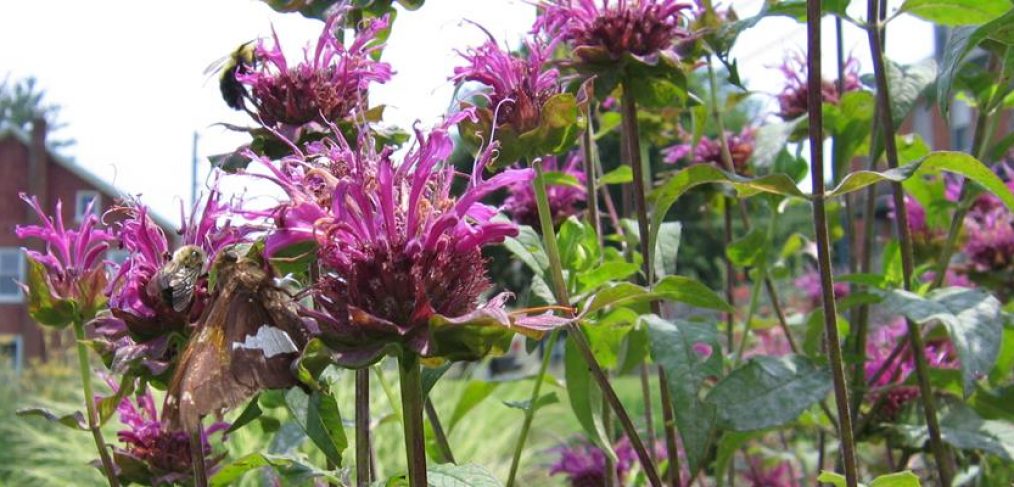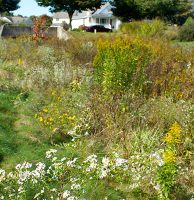
It’s Spring Planting Time: Are You Ready?
It’s spring, and that means it’s a great time for spring planting sprucing up your yard. Whether you are a homeowner, business owner, public works director, or park maintenance manager, the tips we’ll discuss in this article can help you make the most of the warming days to create a beautiful and beneficial landscape.
Tip 1: Planning for Long-Term Success
Before you stick a trowel in the ground, you should know what you want to plant, where the ideal spot for it is, what you need to keep it growing healthy, and what other plants will complement it in the landscape. A landscape plan will help make sure your hard work lasts throughout the growing season and possibly beyond. The plan should include plant types, a planting and maintenance schedule, a sketch/design, and other factors that are important to you. You can create one on your own, hire a landscape designer/architect, or use one of the many online tools, such as the ones you can find here: http://www.bhg.com/gardening/landscaping-projects/landscape-plans.
Tip 2: Choose Your Plants Wisely
Just because you might love the way a plant looks at the garden center or in your sister’s yard doesn’t mean it’s the ideal plant for your landscape. There are many factors to consider in choosing the plants for your place. Be sure to think about:
- The soil chemistry. Is it acidic or basic (i.e. what is the pH?), is it clay or sandy, is it full of nutrients or in need of fertilizer? Different plants have different requirements.
- The spot in the landscape. Does the plant like full sun, full shade, or a mix? Does it prefer growing in a frequently damp spot or does it like to stay dry? Does it grow well among other plants or tend to sprawl out, covering its neighbors? A visual design will help you decide where plants should go so that they grow well and look nice. Having a variety of plant sizes, colors, and textures will make for a more appealing landscape.
- We’re talking insects, diseases, fungi, and wildlife. Pests won’t respect the boundaries of your landscape if they see something tasty. Think about the common pests of the plants you want to use in your yard and consider how easy it is to control them. Is a beautiful plant worth the expense if you have to constantly spray it with chemicals to keep it from being chewed to bits? However, it is important to recognize that insects have their place in our environment and native plants are a great way to feed them (and birds). Using integrated pest management (IPM) techniques and organic pesticides are the ideal solutions.
- Long-term maintenance needs. Do you want an easy to maintain landscape or something that will require a weekly visit by a professional gardener? Do you enjoy pruning and weeding or would you rather spend your time taking photos of your landscape? Some plants are more maintenance-free than others (although you’ll almost always have to worry about weeds), so do your research before choosing a fussy, needy plant.
Tip 3: Take the Time to Enjoy the View
Yes, spring landscape preparations can be time consuming, but the effort is worth the pay-off. With proper planning, deliberate execution, and regular maintenance, your landscape will be something that not only you can enjoy, but everyone who sets eyes on it. Plus if you choose native plants and organic fertilizers/herbicides, a variety of birds, butterflies, and other wildlife will benefit from the landscape as well. So take the time to sit back, gaze at your beautiful landscape, and marvel at the diversity and beauty of the plants in your yard.


